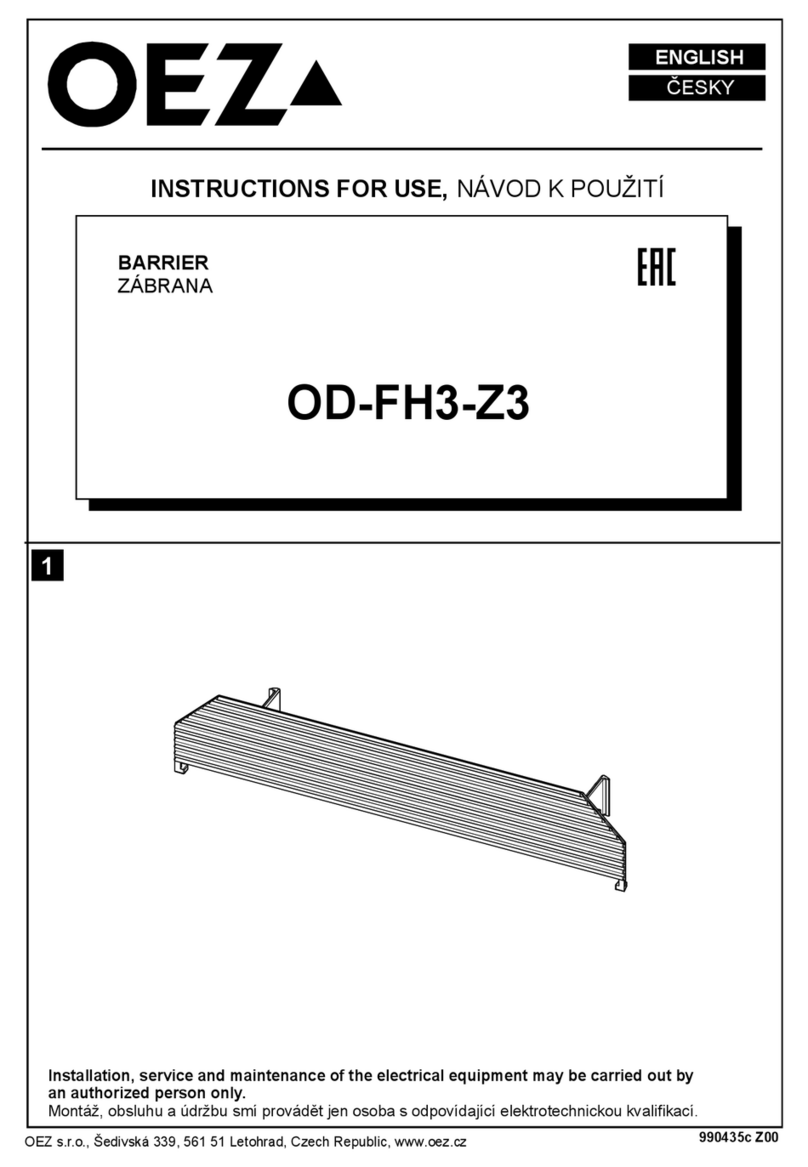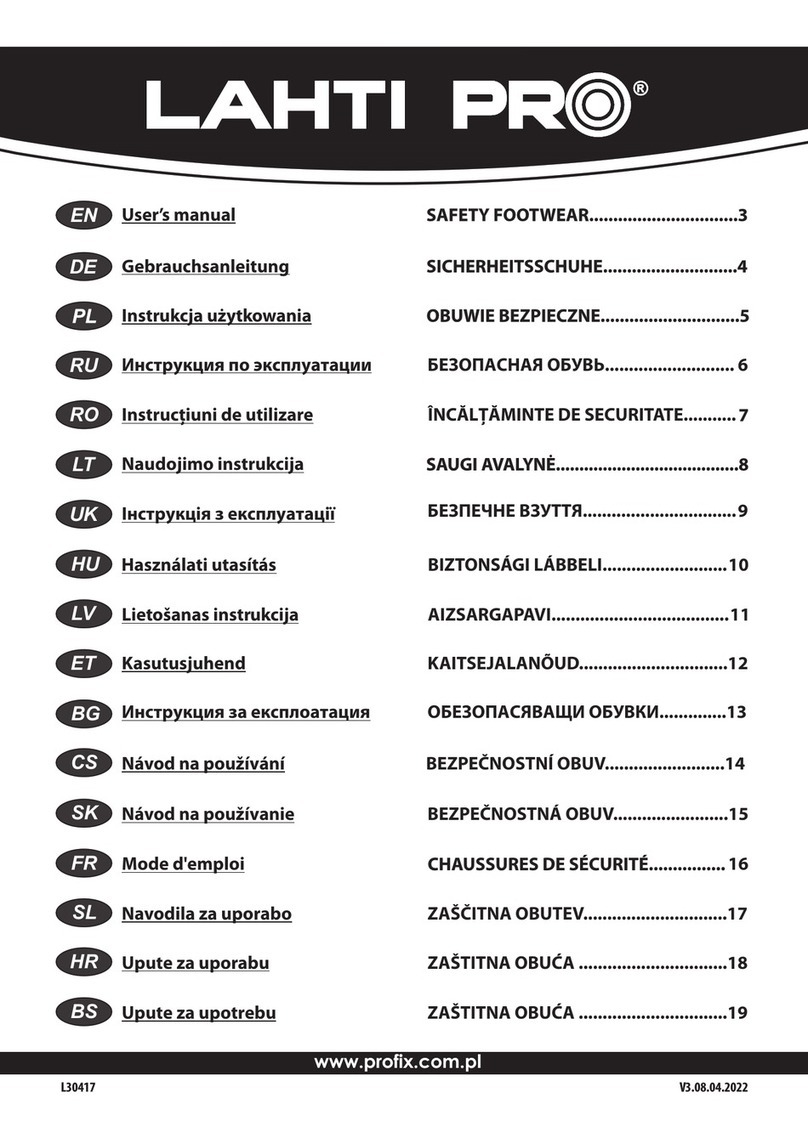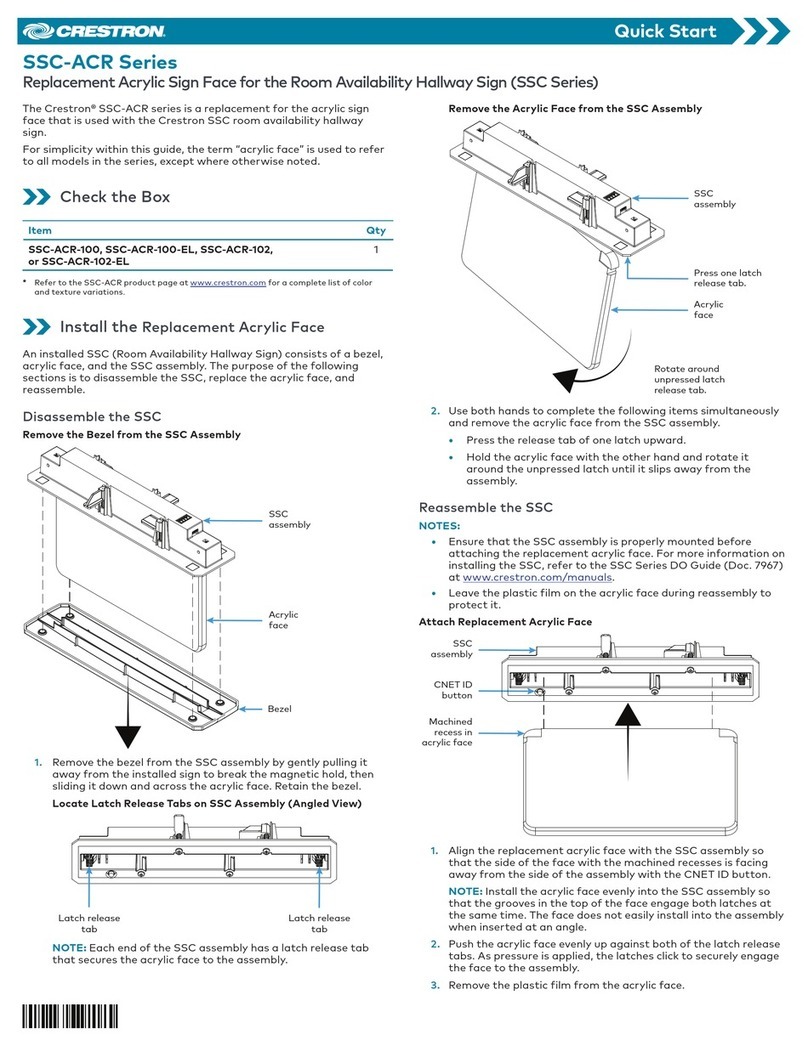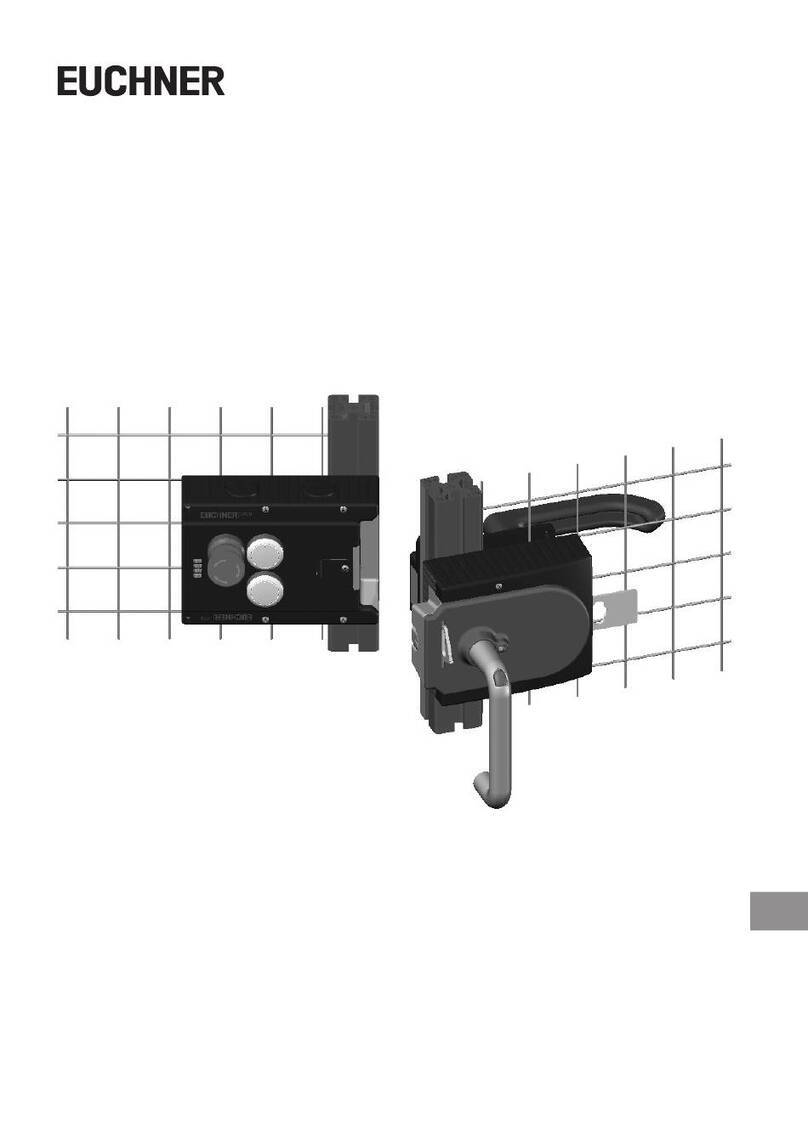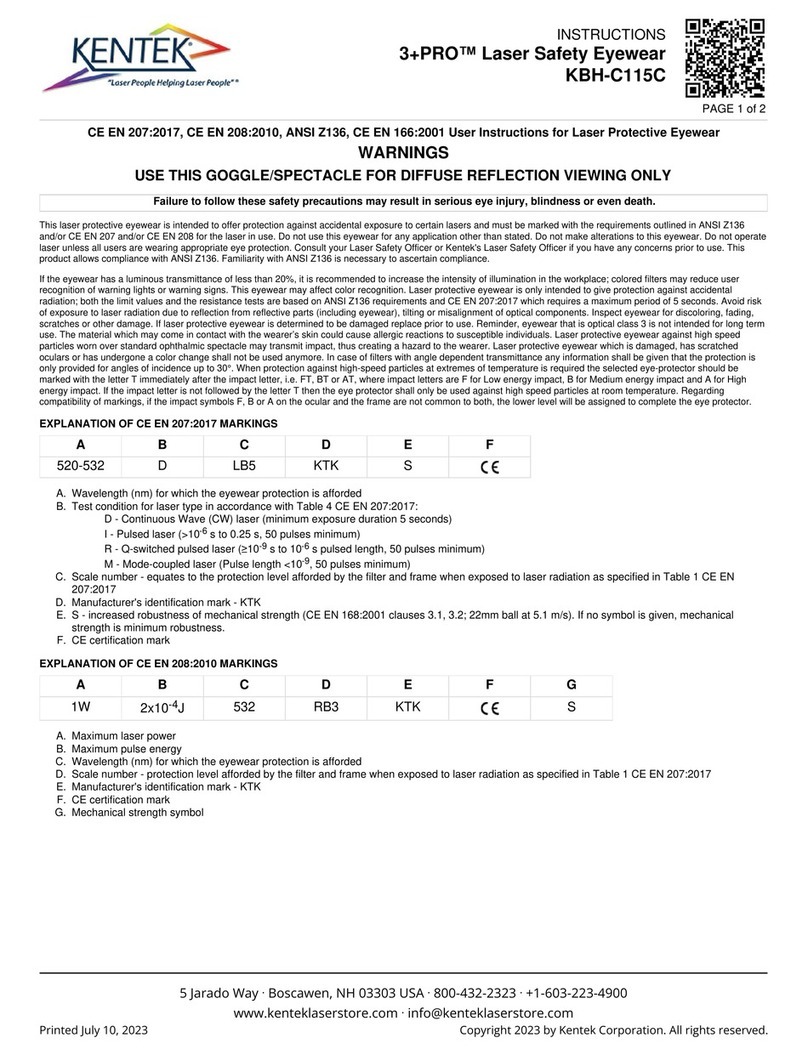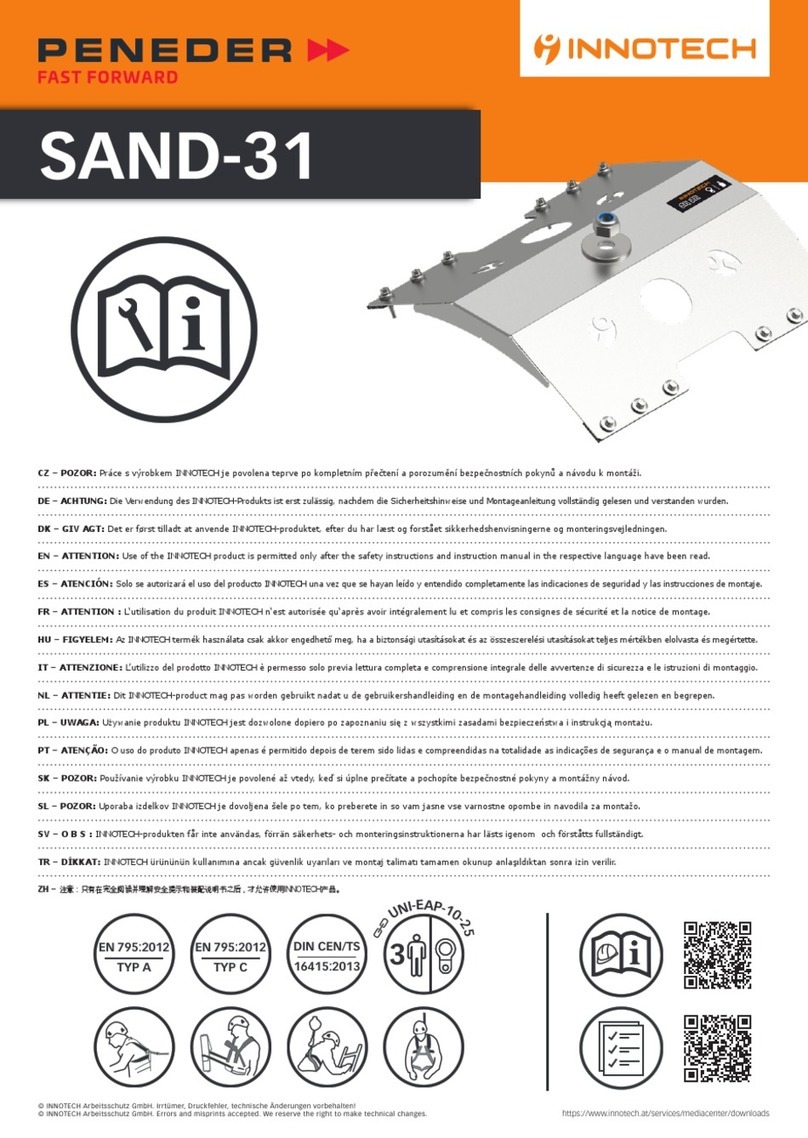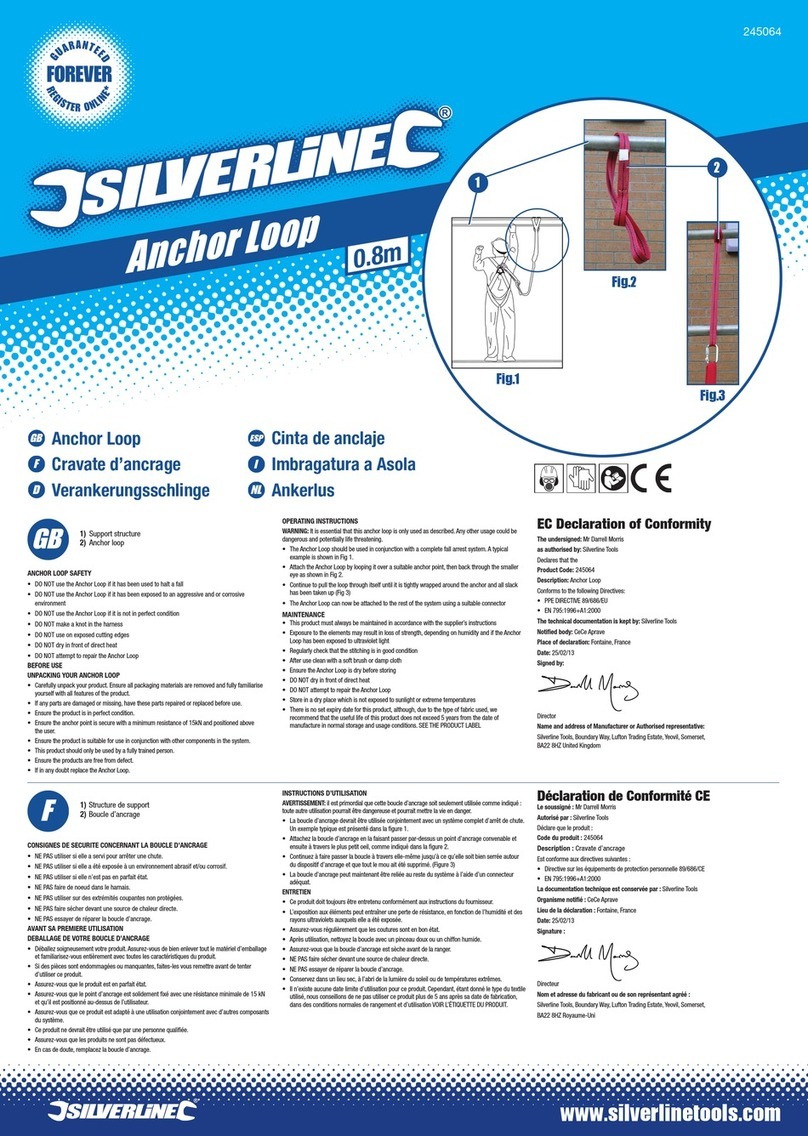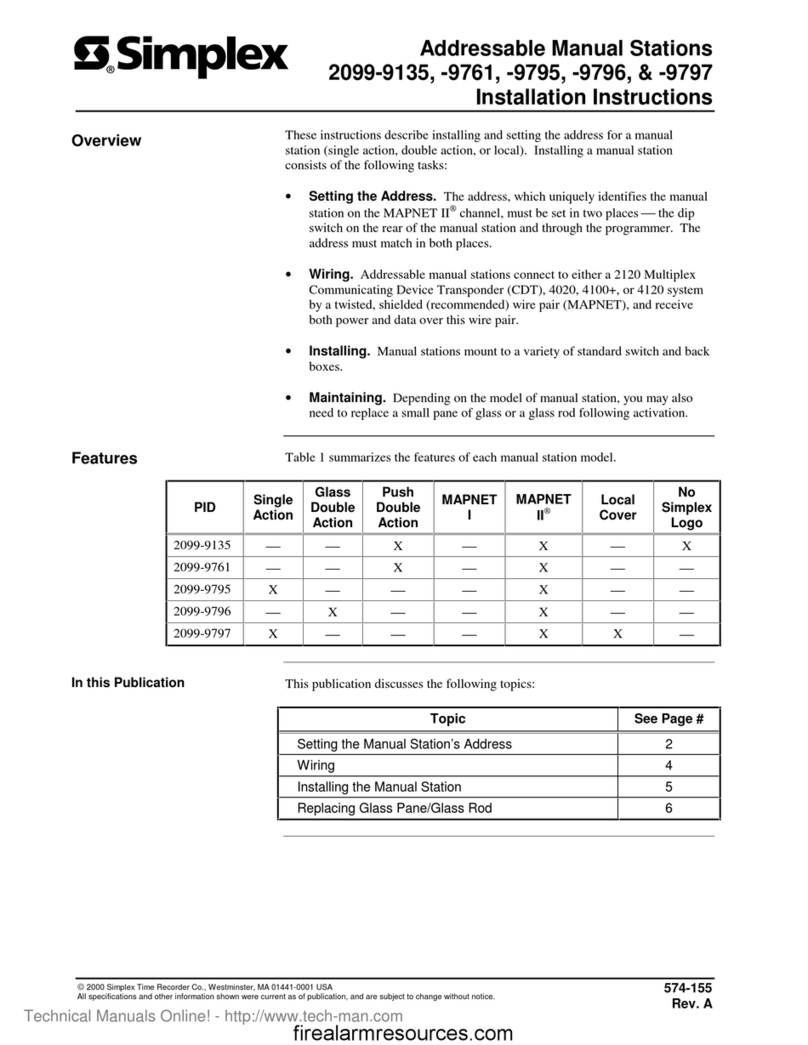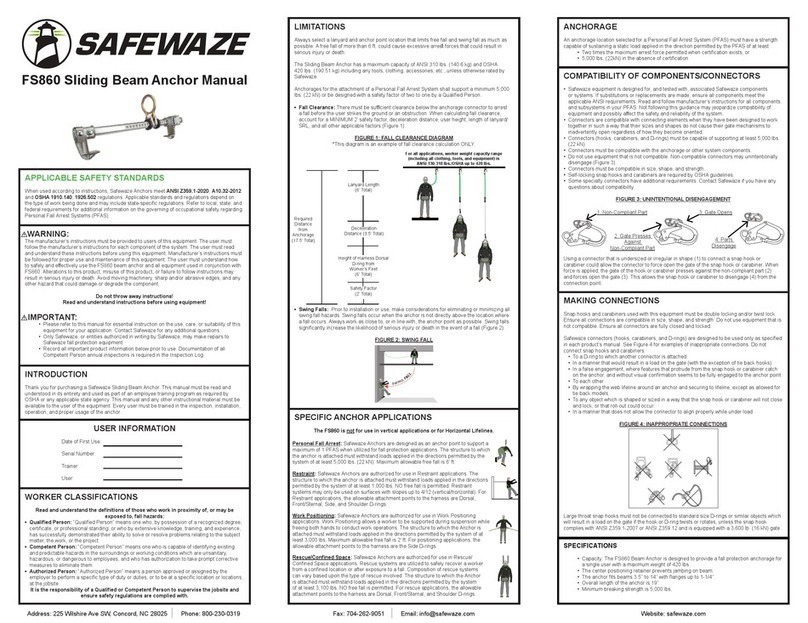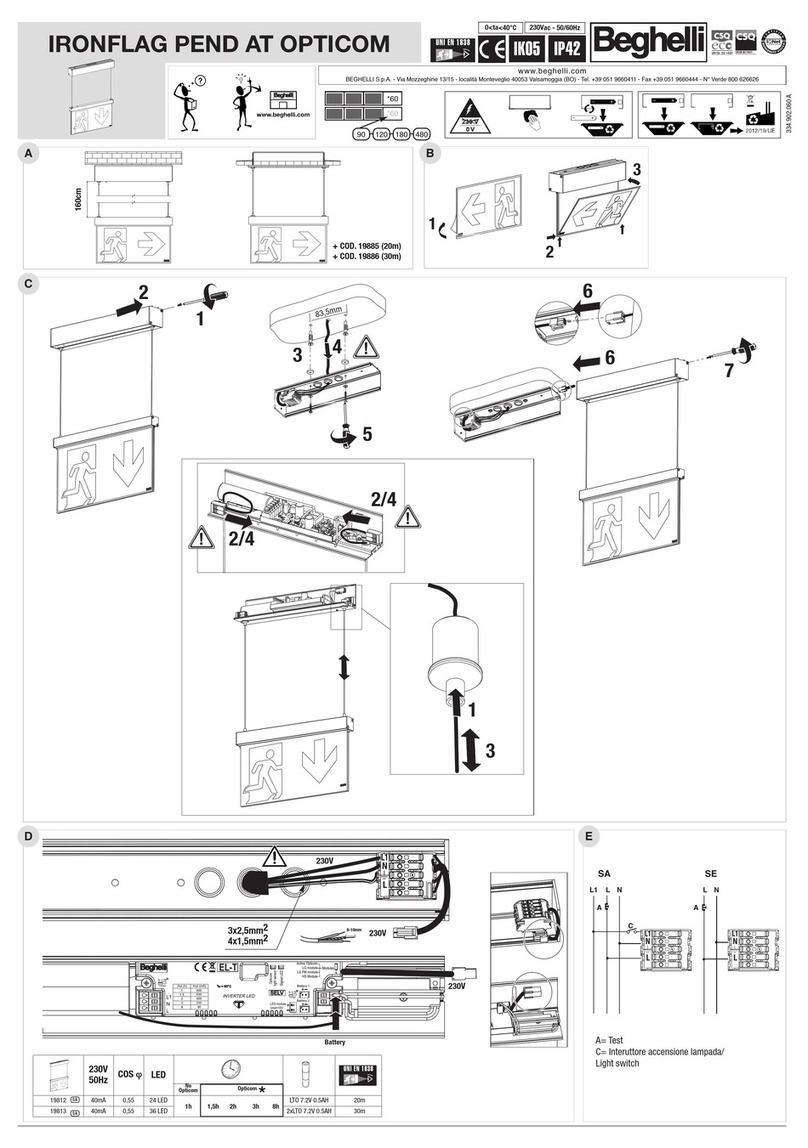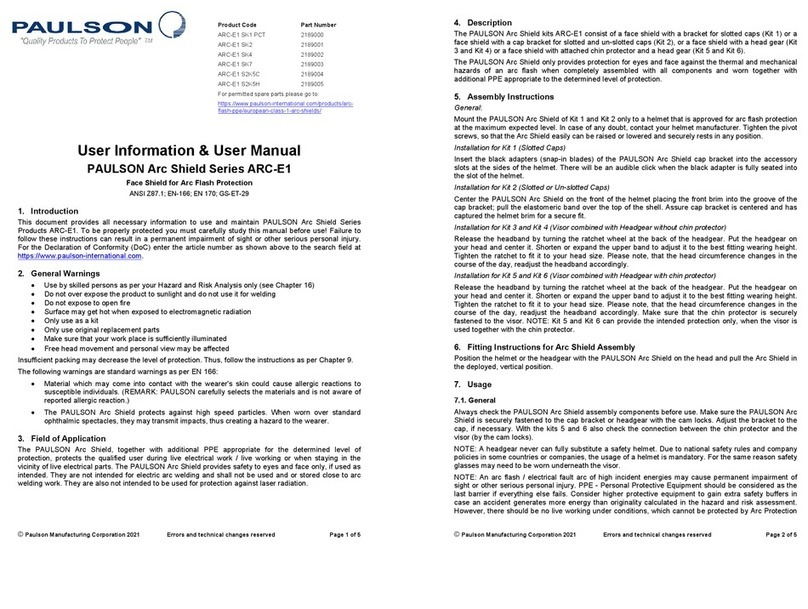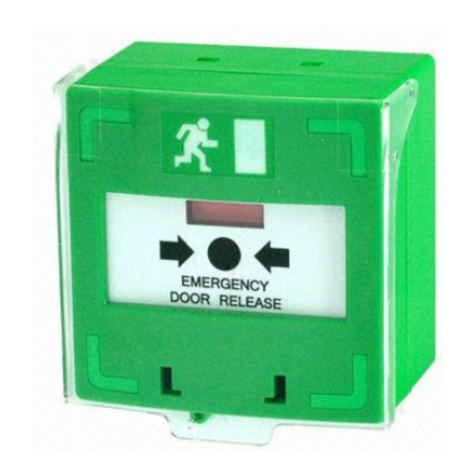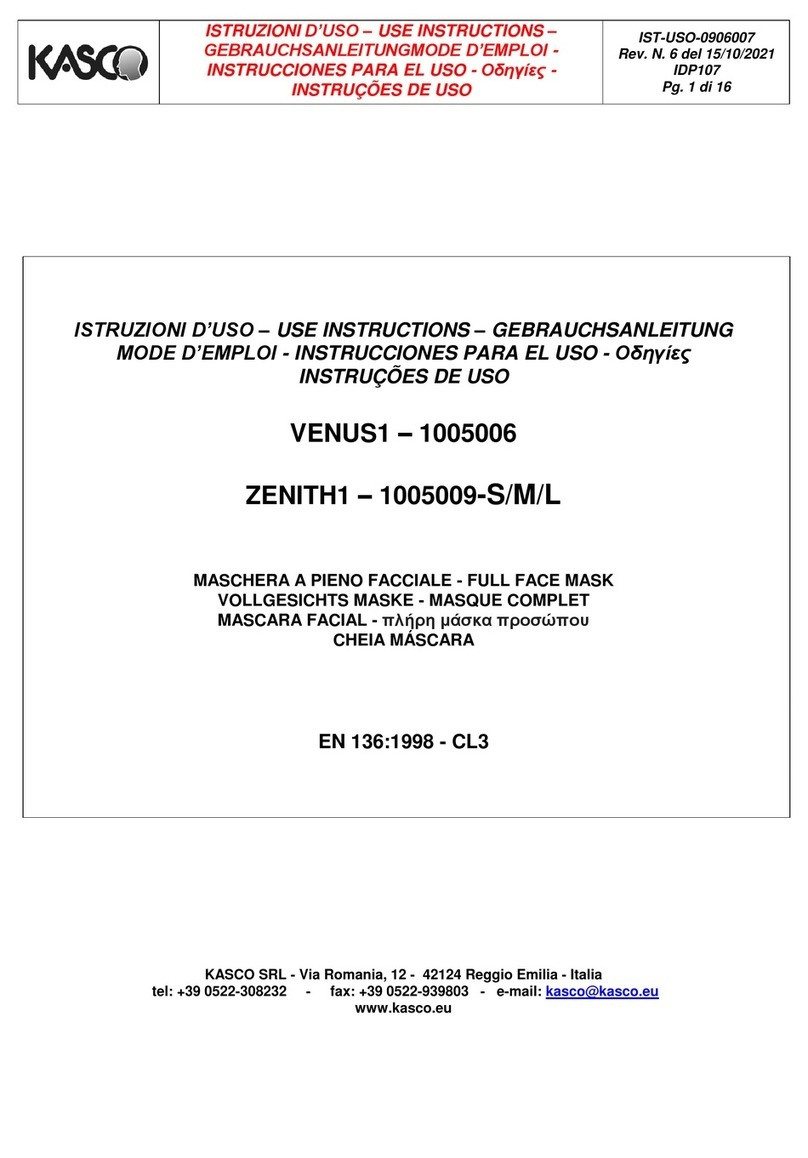Biobase BSC-4FA2 User manual

Microbiological Safety Cabinet
BSC-4FA2(4’)
USER MANUAL
BIOBASE GROUP
Version 2020.07

1
Preface
Thank you very much for purchasing our class II A2 biological safety cabinet.
Please read the “Operating Instructions” and “Warranty” before operating this unit to assure proper
operation. After reading these documents, be sure to store them securely together with the
“Warranty” within touch for future reference.
Warning: Before operating the unit, be sure to read carefully and fully understand important
warnings in the operating instructions.
Disclaimer
Biobase shall not be liable for any equipment failure or damage, or for any direct or indirect damage
that may occur during the use of the equipment.
1.Malfunction or damage due to violation of the instructions, precautions, and intended use of this
manual.
2.Malfunction or damage caused by repair or alteration of the other company.
3.Malfunction or damage caused by use instruments of other company at the same time .
4.Malfunction or damage caused by operating environment not corresponding to the specified
operating environment (power conditions, installation environment, etc).
5.Malfunction or damage caused by natural disasters such as earthquakes and floods.
6.Malfunction or damage caused by the company unaware of the movement or transfer (transport)
after installation.

2
CONTENTS
I. Unpacking, Installation, Debugging................................................................................................... 4
1.1 Unpacking.....................................................................................................................................4
1.2 Accessories checking....................................................................................................................6
1.3 Installation conditions and using environment............................................................................. 6
1.4 Installation.................................................................................................................................... 7
1.5 Checking after installation..........................................................................................................10
II. User Instructions..............................................................................................................................11
2.1 Functions.....................................................................................................................................11
2.1.1 Product Concept................................................................................................................... 11
2.1.2 Application Range................................................................................................................11
2.1.3 Working theory/Air flow pattern and protected area........................................................... 11
2.1.4 Protected objects.................................................................................................................. 12
2.1.5 TECHNICAL PARAMETERS............................................................................................12
2.1.6 Performance Index............................................................................................................... 12
2.2 Product structure.........................................................................................................................14
2.2.1 Structural composition of BSC-3FA2(3’)............................................................................14
2.2.2 Structure introduction...........................................................................................................14
2.3 Control panel.............................................................................................................................. 16
2.4 Remote Control...........................................................................................................................17
2.5. Instructions for Operation..........................................................................................................19

3
2.5.1 Notice................................................................................................................................... 19
2.5.2 Operation Process.................................................................................................................21
2.6. Daily maintenance..................................................................................................................... 21
2.6.1 Preparations before maintenance......................................................................................... 21
2.6.2 Clean the cabinet surface..................................................................................................... 22
2.6.3 Overall maintenance period................................................................................................. 23
2.6.4 Maintenance methods...........................................................................................................23
2.6.5 Storage conditions................................................................................................................23
2.7 Methods and procedures for disinfection................................................................................... 24
2.8 Replacement parts list.................................................................................................................26
2.9 Wiring diagram...........................................................................................................................28
III. Trouble shooting and Labels..........................................................................................................29
3.1 Common faults & solution..........................................................................................................29
3.1.1 Warning and reminder..........................................................................................................29
3.1.2 Trouble shooting.................................................................................................................. 30
3.1.3 Simple accessories replacement...........................................................................................31
3.2 Label Description........................................................................................................................34
IV. Warranty........................................................................................................................................ 35

4
I.
Unpacking, Installation, Debugging
Please firstly check if packing box is in good condition. If the packing box is damaged, please take
photos.
1.1 Unpacking
Choose the proper unpacking method according to the actual situation.
For wooden box:
1) Method 1 Use M8 Wrench to unpack
Picture 1

5
2) Method 1 Necessary tools for unpacking: Electric drill with hexagon dead M8
Picture 2
Rapid unpacking diagram (Picture 3). Disassemble the screws shown in the below Picture, then
move the wooden pieces to right and left.
Picture 3

6
1.2 Accessories checking
Refer to the packing list and check the accessories.
BSC-4FA2(4’)Packing List
Items
Model
Position
Quantity
Main Body
Wooden box
1unit
Base Stand
Placed in two carton box
1set
UV Lamp (T6 30W)
Top or back of main
body
1pc
Protective tube(12.5A)
Placed in a transparent
plastic bag
2pcs
Protective tube(6.3A)
3pcs
Protective tube(2.5A)
2pcs
Protective tube(125Ma,110V)/Protective
tube(63mA,220V)
1pc
Remote control (including battery)
1pc
Power Line
1pc
User manual
1pc
Test report
1pc
Quality certification card
1pc
Drain Valve
1set
Stainless steel hex cylinder head bolt
5pcs
Stainless steel flat washer10
5pcs
Stainless steel spring washer 10
5pcs
Inner hexagon wrench
1pc
Big rubber gasket
1pc
Small rubber gasket
1pc
Front window tubular motor control rod
1pc
1.3 Installation conditions and using environment
To avoid disturbances to the safety cabinet and its operator, follow the following guidelines, while
determining a suitable location for the cabinet:
Microbiological Safety Cabinet should be placed in airflow protected area. Front window operation

7
door shouldn’t be against over door or window,but far away from Ventilation and air conditioning
vents.In order to against outside various high-speed current of air to interference of operation area,
such as door, window, fan, draught of sending air, compressed air etc.
Test shows that if other interference airflow exceeds the intake airflow rate of the safety ca binet,
the indoor air will enter the working area of the cabinet.So it is very necessary to place the cabi net in
the correct position.It should also pay attention to the relationship between the safety cabinet e
xhaust air and indoor ventilation airflow or exhaust duct.Exhaust air discharged from the top , When
placing the cabinet, it should avoid restricting its exhaust.Biological safety cabinets should be in the
direction of the air flow downstream and the side of the security cabinet at least 300mm space to help
check.
Working environment:
(1) Only is suitable for indoor;
(2) Altitude not exceeding 2000m;
(3) Ambient temperature: 15℃~35℃;
(4) Relative Humidity: ≤75%;
(5) Atmospheric pressure range: 70 kPa~106 kPa;
(6) Electrical parameters: Consistent with the rated voltage of the Microbiological Safety Cabinet
(See 2.1.5 technical parameter performance index);
(7) Power supply need to be grounded; (Judging method: testing the fire wire and the zero line of the
power supply with multimeter, the fire wire to ground voltage should be grid voltage and the zero
line to ground voltage should be 0, otherwise the power supply ground is bad).
1.4 Installation
a. Remove all the package materials;
b. Inspect the surface of main body to make sure whether there is scratch, deformation or
uncorrelated things;
c. Chor forklift;eck the attachment and information accroding to the packaging list in insruction.
d. Move the whole device to the final installation location,where is convenient to install.
e. This equipment shouldn’t be hosting.Wooden packaging should be used as tap support in
transpor process, carried by hydraulic truck or forklift.
f. The whole power line 3 * 1.0mm² * 3000mm; the whole ground line is yellow-green 14AWG
The base stand will be packed at back of main body, please take it out before installation.
DO NOT INVERT, DISASSEMBLE OR TITILE THE CABINET during transportation.

8
Picture5
g. The base stand assembly
Referring to Picture 4 assemble the base stand.
Note: The base mounting bolts are fixed to the base stand. When install the base stand,
except the 4 bolts marked with red circle in Picture 5, please remove the other bolts and install.
Picture 4
Remove the M10×20 Hexagon socket head screws, Buckle plug, M10 Stainless steel flat washer,
M10 Stainless steel spring washer, M10 Stainless steel cap nuts, referring to Picture 5 assembled base,
firmly fastening requirements.
Connect base stand and main body
Refer to Picture 5 to connect base stand and main body
Cabinet mounting holes
Locating bolts

9
M10*20 Hexagon socket
head bolt + flat washer
10 + spring washer
10 ,through the base,
connect with the M10
welded nut on the
bottom of the cabinet
Picture 5
Picture 6
Take out the M10*55 Hexagon socket head screws, Flat washer 10, Spring washer 10 from the
accessory box, and fasten tightly according to Picture 6.
h. Adjustment of Footmaster Caster
Picture 7
Clockwise rotate caster’ red part to low down the base feet and the height of the cabinet. Low down
all four casters can move the cabinet position. Counterclockwise rotate casters’ red part can rise the
base leg and height of cabinet. Adjust all four casters at the same time can makes cabinet stable.
i.Installation of Drain valve.

10
Picture 8
1. Drain valve connecter
2. Shim (Inner diameter*outer diameter*thicknessΦ20*Φ28*2mm)
3. Safety cabinet bottom installation holes
4. Ball coupling fastening nut
5. Rubber gasket (Inner diameter*outer diameter*thicknessΦ13*Φ19*2mm)
6. Drain valve
Take out drain valve coupling, shim(Inner diameter*outer diameter*thicknessΦ20*Φ28*2mm), Ball
nut, Rubber gaske(Inner diameter*outer diameter*thicknessΦ13*Φ19*2mm)t, Drain valve,
assembling from up to down as Picture 8 illustrated.
Don’t place equipment where dificult to operate and diconnect device.
1.5 Checking after installation
Checking Items
Normal situation
Wind speed display
Inflow 0.53±0.025m/s , downflow
0.33±0.025m/s
Blower
Blower runs normal
Fluorescent lamp
Lamp lights after pressing button
UV Lamp
Lamp lights after pressing button
Display screen buttons
All buttons can be used
Socket
Press the socket key, multimeter testing
output supply voltage

11
II.
User Instructions
2.1 Functions
2.1.1 Product Concept
This cabinet defined as class II A2 type Microbiological Safety Cabinet, It totally meets thet
international standarded for biological cabinet EN 12469:2000 standard .Microbiological Safety
Cabinet is a kind of negative pressure filtration system for protecting operator, the laboratory
environment and work materials, the front opening which air flow inward have protection function
for operator, the filtered laminar flow generated by vertical HEPA can protect work materials, what’s
more, the polluted air flow become pure after processed by HEPA(ULPA) filter. When it ’s used in
microbiology experiment environment filled with volatile or toxic chemical and radionuclide,
suitable exhaust hood in function have to be linked.
2.1.2 Application Range
Microbiological Safety Cabinet is necessary equipment in the laboratory in the search of microbiology,
biomedical, DNA recombinant, animal experiment, and biological products, especially in the occasion
that operator need to adopt protective measure, such as medical and health, pharmacy, medical
research. Our equipment provides a safety working environment which don’t have bacterial and dust
in the process of bacterial culture.
2.1.3 Working theory/Air flow pattern and protected area
Picture 9

12
2.1.4 Protected objects
Microbiological Safety Cabinets (BSCs) are designed to protect the operator, the laboratory
environment and work materials from exposure to infectious aerosols and splashes that may be
generated when manipulating materials containing infectious agents, such as primary cultures, stocks
and diagnostic specimens.
2.1.5 TECHNICAL PARAMETERS
Model
Parameters
BSC-4FA2(4’)
Power Supply
220V 50/60HZ
External Size(W*D*H)
1383×775×2295mm
Working Zone
Size(W*D*H)
1210×600×660mm
Total Airflow Volume
465m3/h
Downflow Velocity
0.33m/s
Inflow Velocity
0.53m/s
Fluorescent lamp
Consumption
28W*2
UV Lamp Consumption
30W
HEPA Filter
99.999%(Diameter:0.3μm)
Noise
≤65dB(A)
Notes :(1) Electric consumption power including two powers which operation area needs to load,The
power of a single load is 230V*1.5A
(2) The Company reserves the right to change the design of product, we will change design of
product without prior notice.
2.1.6 Performance Index
1) Biological safety functions
Personnel protection, microbial colony count ≤5CFU;
Sample protection, microbial colony count ≤5CFU;
Cross contamination protection, microbial colony count ≤2CFU.

13
2) Biological safety functions
Personnel protection, microbial colony count ≤5CFU;
Sample protection, microbial colony count ≤5CFU;
Cross contamination protection, microbial colony count ≤2CFU.
3) Leak-proof Cabinet
If cabinet pressurized to 250Pa, Paint 25 g/L of soap solution with a paint brush, without any leakage
of soap bubbles.
4) Integrity of HEPA Filter
Scan and detect the HEPA filter, the leakage rate at any point should not be >0.01%.
5) Vibration amplitude
The net vibration amplitude between frequency 20Hz and 2000KHz is no more than 5μm (rms).
6) Illumination
The average illumination is no less than 750 lux
Electrical properties
Basic insulation: between live parts and the metal shell in the AC voltage 1500V, continuous 1min
without breakdown.
Reinforced insulation: between live parts and non-metallic shell in the AC voltage 3000V, continuous
1min without breakdown.
Leakage current ≤10mA.
Grounding resistance ≤0.1Ω

14
2.2 Product structure
2.2.1 Structural composition of BSC-3FA2(3’)
Picture 9
1. Air Outlet safety guard 2.Power Socket 3. Control panel 4. LCD display 5. Front
window
6. Alarm rest plate 7. Fluorescent lamp . 8. IV bar 9.UV lamp 10. Base stand
2.2.2 Structure introduction
1) Driving System of Front Window
Driving system consists of front window, hauling sash and position switch.
2) Air Filtration System
Air Filtration System is the most important system of BSC. It consists of blower, supply filter and
exhaust filter. The function of Air Filtration System is transferring filtered air to work area, ensure
the down flow velocity, and keep Class 100 cleanness of work area.
3) UV Light
UV lamp is inside work area. So UV lamp can well sterilize all space of work area. Emission of
253.7 nanometers can ensure most efficient decontamination.

15
4) Fluorescent Light
The BSC is equipped with straight tube type energy-saving fluorescent lamp. It can make sure
average illumination inside work area which meets standard requirements.
5) Air pipe
Air pipe is the ventage of differential pressure sensor.
The air pipe should not be blocked and please do not hang anything on the pipes,
otherwise it will effect wind speed and pressure.
6) Water proof Socket
Waterproof Sockets are located on the right side of the work area, which can be controlled by
SOCKET button.
(1) Please make sure the total load of sockets should be ≤ 230V*1.5A;
(2) Fuse protector:(see Picture 13)
The equipment is equipped with main power fuse, waterproof socket fuse and fan fuse They are
located near the power cord’s outlet. Fuse label is corresponding to the relevant specifications.
7) LCD Display
LCD display (Liquid Crystal Display) :place liquid crystals between two paralleled glass.
Between the two pieces of glass there are many vertical and horizontal small wires, through power-
control we can change the direction of crystal molecule.the light refraction creates the image, low
power consumption without electromagnetic radiation.

16
Picture 10
Large LCD display indicates detailed key parameters, it is real-time display to reflect the equipment
working condition, such as effective working state of the filter, which is more intuitive.
8) Structure
a) Microbiological Safety Cabinet’s both sides and back area are negative pressure air channel.
And the negative pressure keeps work area away from contamination.
b) Cabinet body is built of 1.2mm cold-rolled steel with anti-powder coating. Strong and steady.
c) Work area is fully made of 304 stainless steel which looks beautiful and with corrosion
resistance performance.
d) Base stand is made of cold-rolled steel with anti-powder coating.
e) Soft touch type control panel, easy to handle and beautiful appearance.
2.3 Control panel
Picture 11
1.
UV lamp 15. UV status
2.
Fluorescent lamp 16.Socket status
3.
Blower 17. Fluorescent lamp status
4.
Socket 18. Blower status
5.
Glass window up 19. Exhaust filter differential pressure
6.
Glass window down 20. Inflow velocity
7.
Mute 21. Supply filter differential pressure
8.
Power 22. Downflow velocity

17
9.
Alarm status 23. Filter working time
10.
Mute status 24. UV lamp working time
11.
Filter changing status 25. Reservation timing
12.
System working time
13.
Glass window down status
14.
Glass window up status
a) LCD Screen
The working status of the equipment and operation can be seen on the LCD screen.
b) Soft touch button.
BSC’s main functions could be executed by touch-buttons. User can operate the BSC either by
pressing the buttons on control panel or using the remote control. There are totally 7 common button
on control panel.
: The power button
: To control fluorescent lamp
: To control UV lamp.(It works only after front window fully closed.)
: To control blower working status. (It will not work when front window is fully
closed.)
: Press MUTE button to stop voice prompt
: Press UP button, glass window will raise.
: Press Down button, glass window will fall down.
2.4 Remote Control
It is inconvenient for the users to operate from a distance. Small & light remote control is flexibly to
be used to control all the functions of the cabinet in a distance ≤6m, 30°. The operator can even carry
it with themselves during experiment for convenience.

18
Picture 12
Buttons of the remote control
1.Power(Power)
2.Subscribe(Sub)
3.Fix time(Install Timer)
4.Confirm(Confirm)
5.Cancel(Cancel)
6.Turn up(+)
7.Turn down (-) 8.Fan
(Fan)9.Sterilize
(UV)10.lamp
(lamp)
11.Socket(Socket)
12.Mute(Mute)
13. Move the glass window up (Up)
14. Move the glass window down (Down))
A Reservation Procedure(SUB)
a. Connect the power, open power lock and then press the reservation Button (SUB)
b. Adjust the time (minutes) by ‘ +’.’-‘ button. Press the confirmation Button(CONFIRM) to
confirm;and then adjust the minutes and hours with the same way;
c. After the time is confirmed, then press related button following which the icon in display
lighting.
d. Press the POWER button, the reservation function starts. Time starts count down. Specific
function starts when the time is 0.
B Install Timer
a. Connect the power, open the power lock, and then press the POWER button The specific function
starts when selecting function Buttons (eg: UV)
b. Press INSTALL TIMER. Adjust the time (minutes) by +.-. Press the (CONFIRM) button to set;
and then adjust the minutes and hours with the same way;
c. After the time is confirmed, TIMER function starts. When it counts down to 0, the machine will

19
turn to in stand by status.
C Application of Reservation Timing
Biological Safety Cabinet is equipped with UV lamp for sterilization. Sterilization time should
be at least 30min. In order to save the waiting time, we develop reservation timing function.
Reservation time range is from 0 to 99 hours and 59minutes. This function helps to save time and
improves efficiency.
2.5. Instructions for Operation
2.5.1 Notice
(1) Make sure input voltage is correct and stable. The rated load of main power socket should be
higher than cabinet consumption. Plug must be well grounded.
(2) In order to avoid air turbulence, the operator should slightly move his arms during experiment.
Hands should stay inside the working area at least 1 minute before operating. In order to
decrease the times of arms moving into and out of the working area, prepare all the necessary
items inside the cabinet before starting experiment;
(3) Moving principles of different samples inside cabinet: When two or more samples need to be
moved, be sure that low-polluting samples move to high-polluting samples. Movement of
items should also follow the principles of slow-moving.
(4) Samples placed in parallel: Samples should be placed in the cabinet parallel to avoid cross-
contamination between samples and blocking back air grille.
(5) In order to avoid samples being sucked into the negative passage or the blower, do not place
soft and slight samples (for example: soft tissue) on the surface during experiment;
(6) The weight of items placed in the cabinet should be no more than 23Kg/25×25cm2;
(7) Avoid vibration: avoid using vibration equipment (eg centrifuges, vortex oscillator, etc.)
inside the cabinet. Vibration would cause lower cleanliness of operating area and affect
operator protection.
(8) No flame: No flame is allowed inside the cabinet. Using of fire will lead to airflow disorder,
and filter damage. If sterilization is required during the experiment, infrared sterilizer is
highly recommended.
(9) HEPA filter life: With the usage time increasing, dust and bacteria accumulate inside HEPA
filter. Filter Resistance is getting bigger, when it reaches the maximum point, there will be
audible and visual alarm. Please replace new HEPA filter, otherwise it will affect the safety
performance of the equipment. The used filter should be processed as medical waste.
(10)There is a negative passage surrounding the work area, which is sealed strictly in the factory.
The operator is not allowed to remove or loose screws of those parts. If necessary, please
Table of contents
